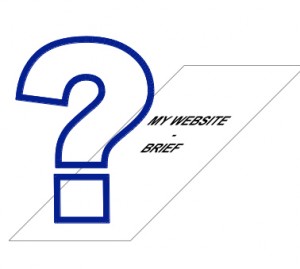 In an ideal world, the work which organisations do and the projects they undertake have some sort of Return on Investment (ROI): a cost justifiable reason for doing the work in the first place. It could be cost saving or profit increasing, and could be via actual money or via another means such as increased brand awareness, however it is still a cost justifiable reason.
In an ideal world, the work which organisations do and the projects they undertake have some sort of Return on Investment (ROI): a cost justifiable reason for doing the work in the first place. It could be cost saving or profit increasing, and could be via actual money or via another means such as increased brand awareness, however it is still a cost justifiable reason.
In a formal project management world the Business Case which holds this Return on Investment is a fundamental part of the project kicking off. However for many organisations this just isn’t reality. Projects are often kicked off because somebody somewhere has had a ‘bright idea’ and senior people have decided that it would be a good thing to progress it. This needn’t be a bad thing as, depending on the piece of work, it could be more effort to document the ROI than it is to just do it; and there is an argument that innovation is hampered by the question “why”. Never the less, I do totally believe that if a project is to be successful, and that success is to be measured then the cost/benefit needs to have had some consideration.
The reason I’ve been mulling this over most recently is because I was lucky enough to be able to attend the brilliant Be Good Be Social event in Edinburgh. I was privileged to hear 3 inspiring examples of how the use of Social Media has been effectively harnessed for the good of charitable organisations. The most impressive thing about these examples was that with minimum cost it was possible to achieve huge benefits. The ‘Return’ ranged from increased PR/Awareness and support through to real monetary benefits through donations. The details of the case studies we looked at are on the Be Good Be Social website and a great overview of the evening has been blogged about by Be Good Be Social sounding board member Sara Thomas, so I won’t go into them here. However I can assure you that these guys are great and I love the level of innovation that is demonstrated at their events.
As someone who has done a variety of work for charities over the years, I’ve always been struck by how innovative people within this sector are. Their ideas work to get maximum Return On their Investment, be it their investment of time or money. I don’t know if it is a cultural thing within the organisations, the belief in the cause, or the situational facts (i.e. there is not much money and every penny must be accounted for!). Yet I wonder how often does anyone physically write down a business case, or document expected ROI for this work; or is it that they just wouldn’t ever go ahead and do the work without believing it will bring back value?
It would be a mass generalisation for me to say that this doesn’t happen outside of the third sector, and of course I’m sure there are cases people could cite to me where Charitable causes have been perceived to do work which was without any ROI atall, let alone any innovation. However I do wonder: for these organisations that do look for new and alternative ways to get that little bit more: what is it that drives their innovation? Is it an unspoken, intrinsic desire to maximise ROI, or is it something else more fundamental about the way they work?
Thanks to Ed Henderson (Jack’s Dad!) of Jack Draws Anything, Conrad Rossouw of Shelter Scotland and Lesley Pinder of Missing People for sharing their learnings, and showing how amazing the results of an idea can be!


